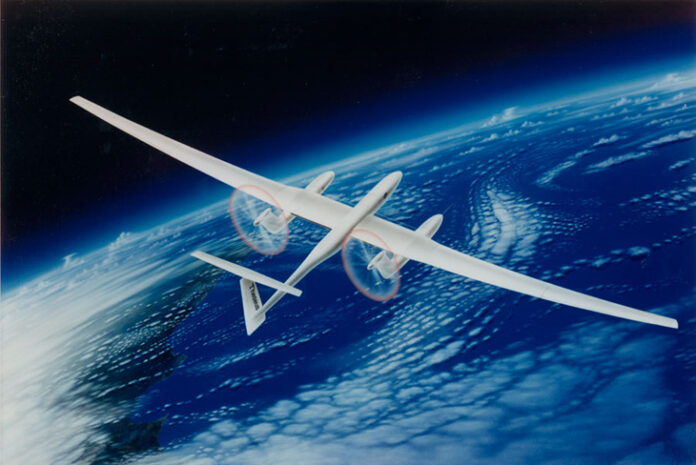Before flight human beings were at the behest of the air and of gravity. In the late 19th Century a German engineer named Karl Wilheim Otto Lilenthal tempted this restriction with the use of gliders. While this pioneer of aviation eventually fell to his death in 1896, he was able to document and repeat flights over significant distances. This changed modern thought and broke barriers in terms of aviation and science. His experiments acted as a prototype for heavier-than-air flight.
Tales of his courageous flights spread all over the world and eventually ended up influencing two brothers from Ohio. Orville and Wilbur Wright had a natural technical ability and were able to tackle difficult problems with intuitive solutions. After multiple years of research and glider flights, the Wright brothers eventually designed an aircraft with a 12-horsepower internal combustion engine. This made the machine very heavy, but it still maintained flight for 12 seconds.
Today, the modern-day plane can maintain flight for hours and hours without even needing to refuel. A lot of flight information is now stored in the cloud as they are soaring above the clouds. This is in part thanks to the relatively lightweight materials used to make up the plane. Let’s investigate heavier-than-air flight and what makes airplanes so lightweight.
Heavier-than-air Flight
Heavier-than-air flight occurs when a craft, like an airplane, uses downward lift in accordance with Newton’s laws of motion; the force of air downward will cause the vehicle to raise upward. A dynamic upthrust must be used to create movement in the air. You can produce this upthrust by using an engine and either an aerodynamic or powered lift.
Aerodynamic lift is seen most commonly in commercial and fixed-wing aircraft. It uses the forward momentum of these launching propulsion to glide through the air. The air flowing over the wing creates lift; engines and/or rotary wings keep the aircraft moving through the sky.
Powered lift is used in vertical and/or short take-off and landing (V/STOL) aircraft and any other vehicles that direct its engine thrust downward. V/STOL aircraft come in different forms based on wings and propulsion. There is the tilt-jet, which includes the Bell XF-109, the tilt-rotor, which includes the Bell-Boeing V-22 Osprey, as well as tilt-wing and supersonic planes.
Achieving the most efficient aerodynamic and powered lift is crucial to any flight. The weight of the plane and the weight of its materials are crucial to the strength of a lift. Light wings will rise and cut through the air with greater speed. The lighter the body of the plane the easier it will be for an engine to propel the aircraft upward.
Metal Alloys
Planes are in general very heavy pieces of machinery, but when compared to other vehicles of the same size, they are relatively light. Consider the cargo, passengers, engines, machinery, and so on that all weigh down the plane. A lot of these things are made out of metal and when we think metal we think heavy. Science, however, has found its way around this. Forty years ago most planes were made out of aluminum. This flexible and resistant metal is incredibly light and has led to the development of modern aluminum alloys.
An alloy is a mix of metals used to create a stronger new metal composite. One of the most common composites used for making aircraft is known as 7075. This incredibly light material is made up of primarily aluminum, but also contains a small amount of iron, chromium, zinc, copper, magnesium, titanium, silicon, and manganese. The development of alloys allows engineers to blend metals into malleable and lightweight forms. Alloys reduce the need for fasteners or joints because they are so flexible; this, in turn, improves safety by reducing possible problem areas.
Plastic
Plastic is easily the most versatile and lightest material that can be used in the aerospace arena. It is extremely lightweight and easy to manufacture. When considering plastic over metal in the construction of an aircraft one should take into account the durability and malleability of each material. At first one may think that metal is the most durable, but because of its comparative rigidity, it has a higher chance to have points of failure. Also, metal will rust over time.
When considering the weight of a plane you need to consider absolutely everything inside it. There is the crew, the passengers, luggage, food, toilets, electronics, service carts, and so on. The flexibility of plastics allows for their application in many different areas of the aerospace industry. With plastics, you have both physical moldability and the choice to pick between an array of textures, shapes, and colors with ease. Modern plastics can also make flight even safer through their resistant qualities. Many plastics hold up well against heat, pressure, and toxicity.
Thanks to thermoforming plastics can be created at lightning-fast speeds. Thermoforming is the practice of heating a plastic sheet until it is malleable. Once it is shaped to the desired form, the excess is cut away and the plastic is cooled. This allows for plastics to be formed into any desired shape quickly and cheaply. Durable and customizable plastic is one way to keep everything inside the plane as light as possible. The lighter the plane is, the more fuel is saved and the longer the planes can stay in the air.
Revolutions in plastics can propel the aerospace industry forward. It is important to consider the type of lift used for the materials that make up the inside and outside of the plane. Whether it is a traditional commercial fixed-wing plane using aerodynamic lift, or a V/STOL plane using powered lift, weight is always a crucial factor.
An airplane may be considered a behemoth, but for the function that it serves, it is incredibly light. The consistent movement of tens of thousands of pounds relies on it being as light as possible. The use of aluminum alloy and malleable plastics helps to keep these heavier-than-air crafts soaring through the skies.





